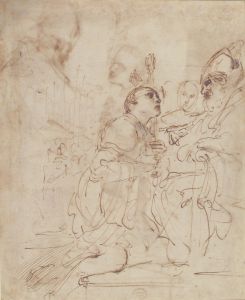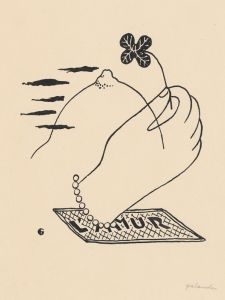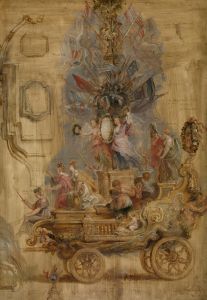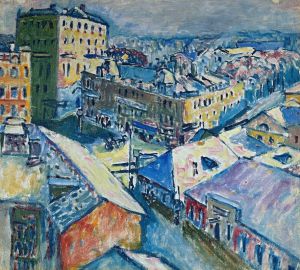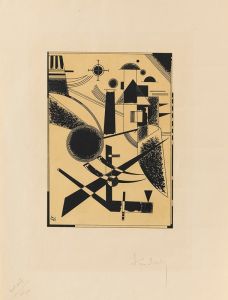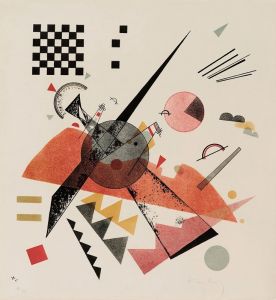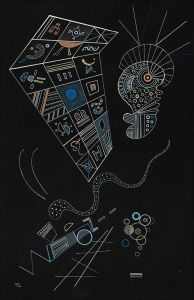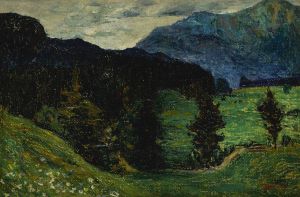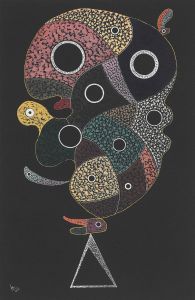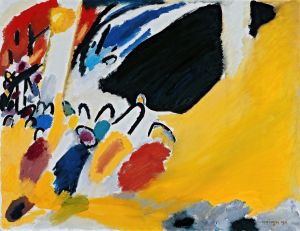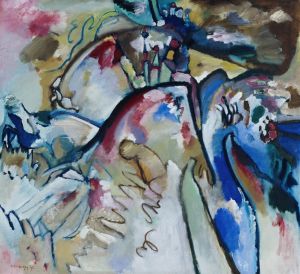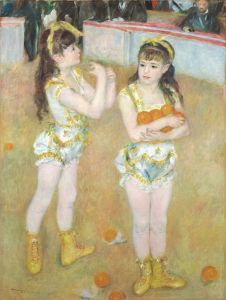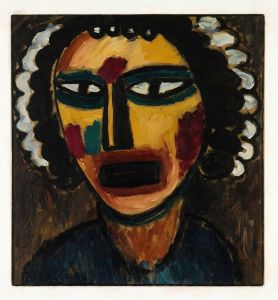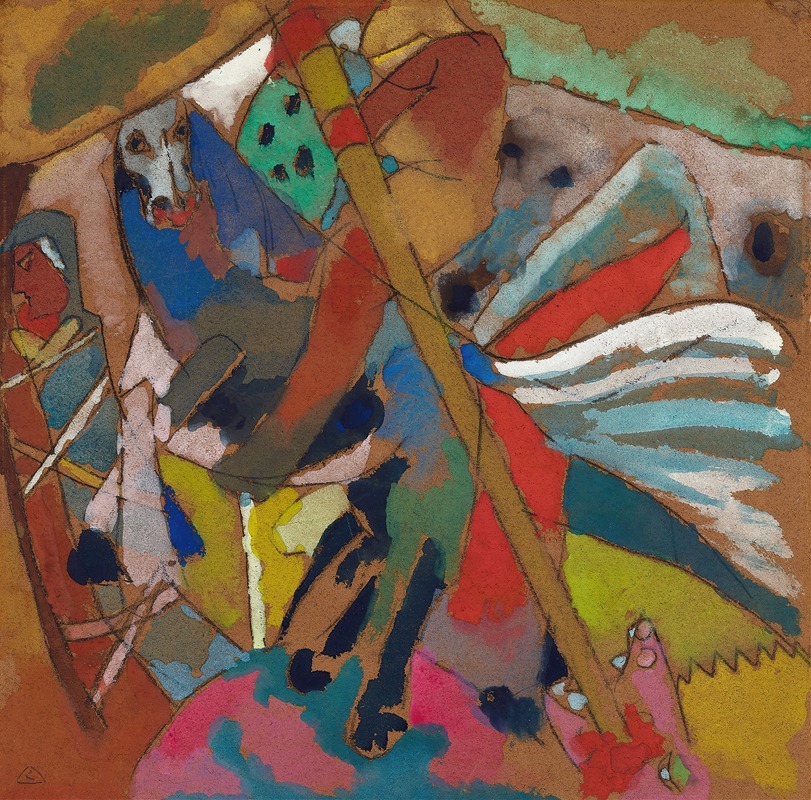
St. George II
A hand-painted replica of Wassily Kandinsky’s masterpiece St. George II, meticulously crafted by professional artists to capture the true essence of the original. Each piece is created with museum-quality canvas and rare mineral pigments, carefully painted by experienced artists with delicate brushstrokes and rich, layered colors to perfectly recreate the texture of the original artwork. Unlike machine-printed reproductions, this hand-painted version brings the painting to life, infused with the artist’s emotions and skill in every stroke. Whether for personal collection or home decoration, it instantly elevates the artistic atmosphere of any space.
St. George II is a painting by the Russian artist Wassily Kandinsky, created in 1911. Kandinsky is often credited as one of the pioneers of abstract art, and his works are known for their vibrant colors and complex compositions. St. George II is a significant piece within Kandinsky's oeuvre, reflecting his transition from representational art to abstraction.
The painting depicts the legendary figure of St. George, a Christian martyr and soldier who is often portrayed slaying a dragon. This theme is a recurring motif in Kandinsky's work, symbolizing the triumph of good over evil. In St. George II, Kandinsky employs a dynamic composition filled with swirling forms and vivid colors, which convey a sense of movement and energy. The dragon, a central element in the legend, is abstracted into a series of shapes and lines, blending into the overall composition.
Kandinsky's use of color in St. George II is particularly notable. He believed that colors had spiritual and emotional significance, and he used them to evoke specific feelings and moods. The painting features a rich palette, with bold reds, blues, and yellows dominating the scene. These colors are not used to represent reality but to express inner emotions and the spiritual essence of the subject matter.
The year 1911 was a pivotal time for Kandinsky. He was deeply involved with the Blue Rider (Der Blaue Reiter) group, an association of artists that he co-founded with Franz Marc. The group sought to transcend the traditional boundaries of art and explore new forms of expression. St. George II reflects the group's ideals, emphasizing the spiritual and expressive potential of art.
Kandinsky's theoretical writings also provide insight into his approach to painting. In his seminal work, "Concerning the Spiritual in Art," published in 1911, he articulated his belief in the spiritual power of abstract art. He argued that art should not merely imitate the visible world but should instead convey deeper, universal truths. St. George II exemplifies these ideas, as it moves away from literal representation and towards a more abstract, symbolic language.
The painting is housed in the Städtische Galerie im Lenbachhaus in Munich, Germany. The Lenbachhaus is renowned for its extensive collection of works by the Blue Rider artists, and St. George II is one of its highlights. The museum's collection provides a comprehensive overview of Kandinsky's development as an artist, from his early representational works to his later, fully abstract compositions.
St. George II remains an important work in the history of modern art. It marks a key moment in Kandinsky's artistic journey and reflects broader trends in early 20th-century art. The painting's bold use of color, dynamic composition, and abstract forms continue to inspire and captivate viewers, demonstrating Kandinsky's enduring influence on the art world.





